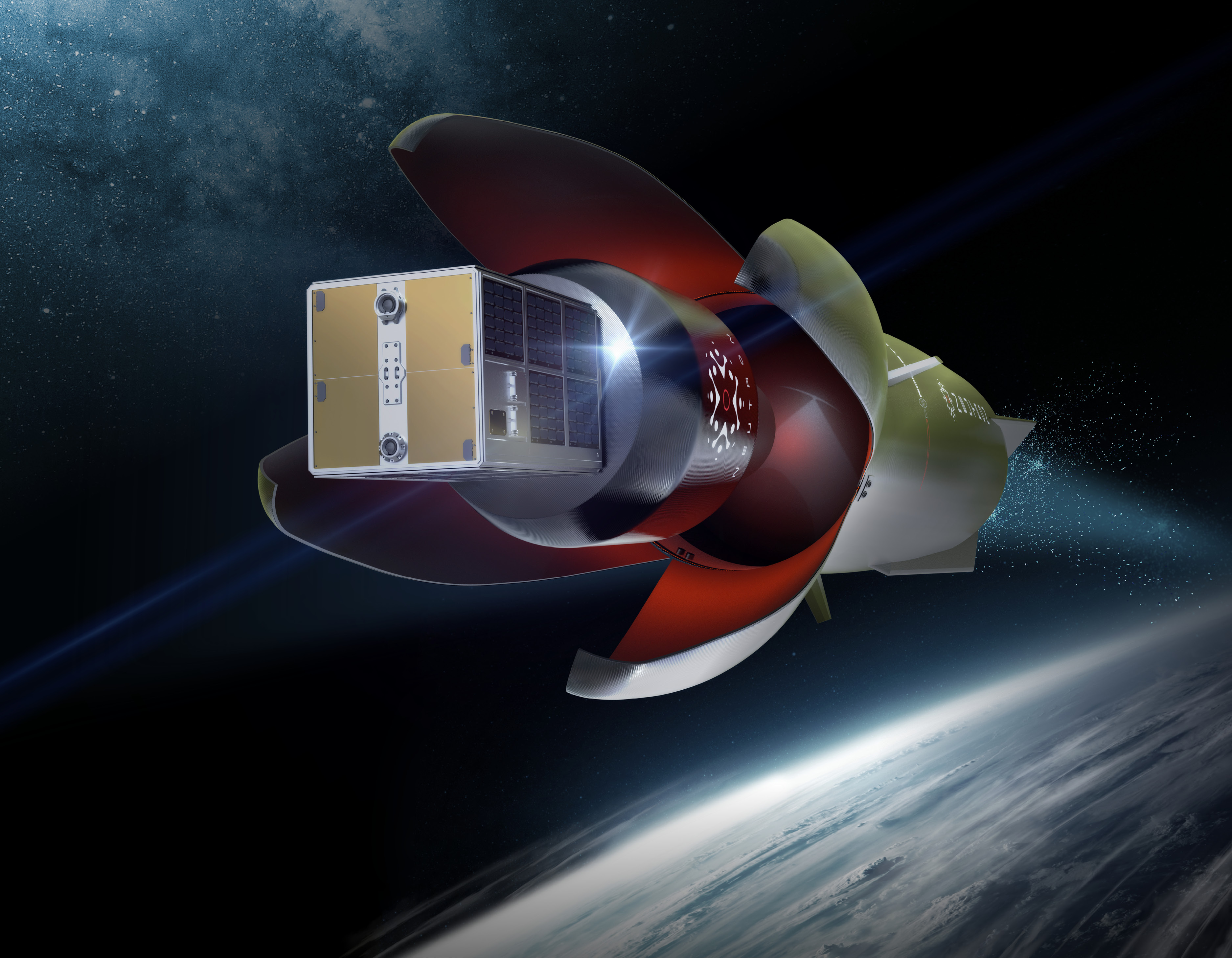Rocket Lab recently released a video containing a major update on their next-generation rocket, Neutron.
According to Rocket Lab, Neutron will be a “mega constellation launcher.” Once this rocket is available, Rocket Lab will have specialized vehicles capable of providing launches for most of the industry, since 80% of all satellites launched in the next decade will be smallsats or parts of large constellations. Neutron will be capable of reaching a wide variety of orbits, and will also allow for interplanetary missions and human space flight. It will be capable of lifting eight tons to orbit when reused and fifteen tons in an expendable configuration.
The design has been completely revamped from the initial announcement. Neutron will have large, static legs so the booster can easily land. It will have a wide base that extends to a smaller diameter at the top. This will decrease the pressure along the rocket to prevent shock waves from attaching to it and reduce its thermal load during reentry. It will be made of advanced carbon fibre composite, similar to their Electron rocket. During his presentation, Peter Beck showed sheets of common rocket materials, stainless steel, and aluminium sheets, getting crushed by a swinging beam. When the beam hit the carbon fibre, it simply bounced off. Carbon fibre is also far lighter than metal, so the engines will have to lift much less mass. Rocket Lab plans on using automated fibre placement to print a meter of carbon fibre per minute which will allow them to achieve rapid manufacturing.

Neutron will be mostly reusable which is important to drive down costs. Most rockets separate and discard their fairings before deploying a payload. For increased reusability, Neutron will open the four sections of its nose cone then release its second stage. The first stage, with all of its fairings attached, will land back at the launch pad instead of landing on a barge, this way it will end up back at the launch site ready to go again once a new second stage has been loaded into it.
Only the second stage will be discarded. This stage will not be a structural component of the rocket’s body unlike in most rockets. It will be extremely light and high-performance. The second stage will hang from the payload separation plane so it will only experience stress due to tension. This is important so thin, light material can be used. Thin material is strong in tension and weaker in compression.
The booster will be powered by seven engines named after the Greek mathematician, Archimedes, who designed innovative machines during ancient times. The engine will run on a gas generator cycle, unlike their Electron rocket that uses electric generators. It will burn methane and liquid oxygen. Methane is a higher performance fuel than the common propellant, RP1, which is basically rocket-grade kerosine. This design is relatively simple compared to closed-cycle or staged combustion cycle engines currently being developed by companies such as SpaceX or Blue Origin. Rocket Lab hopes to avoid the extremely high pressures involved in more complex engine designs. Lower pressures will stress the engine far less and allow it to be reused several times. Each Archimedes engine will produce one meganewton (almost 250,000 pounds) of thrust.
Overall, Neutron may prove revolutionary and highly reliable due to its reusability, materials, and engines. At this point, we cannot accurately predict when the rocket will be completed, but Beck mentioned that Rocket Lab will be conducting testing of the Archimedes engine next year.
For more information on Neutron see Rocket Lab’s new video or visit their official site below:


Leave a comment